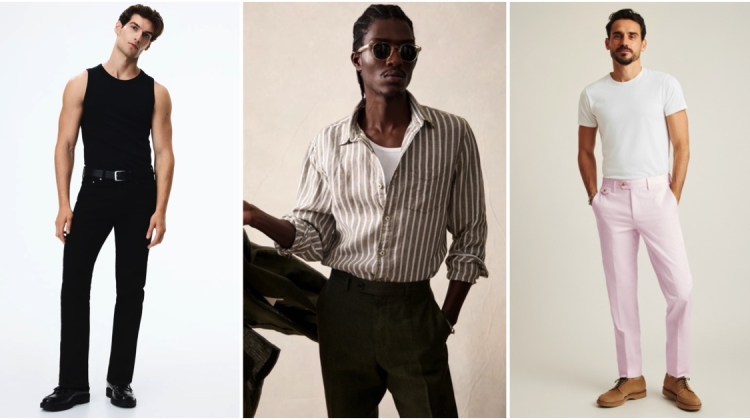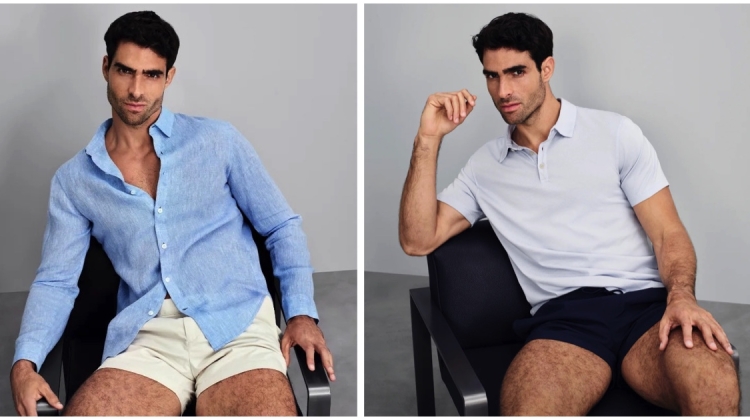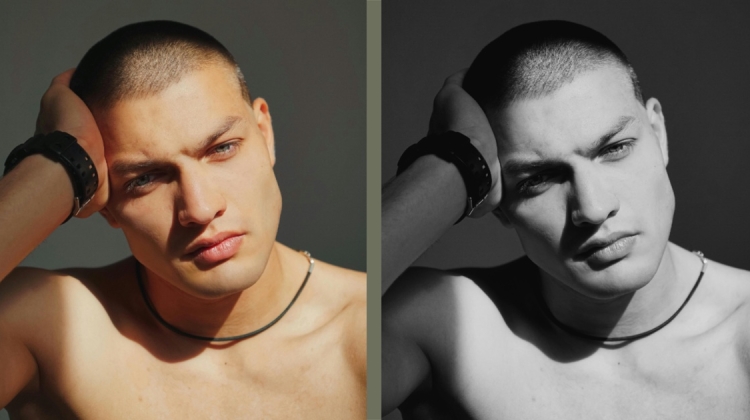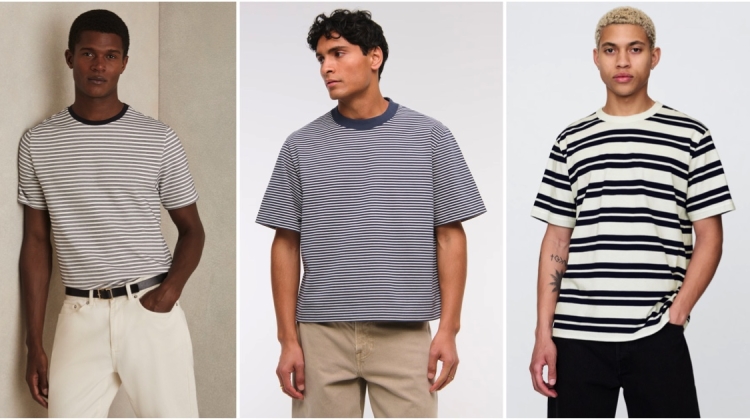
A formal expression of menswear, tailoring is akin to a universal language. However, like any language, the dialects differ. This diversity in style is seen in the world’s three great suiting traditions, shaped by Italy, the United Kingdom, and the United States.
Each country has its own distinctive silhouette with its own perspective and an aesthetic or style philosophy that reflects its national character. A general knowledge of these tailoring schools provides a discourse to know what to wear, when, where, and why.
Whether you’re buying your first suit or refining your wardrobe, here’s what sets the Big Three apart:
Italian Suits
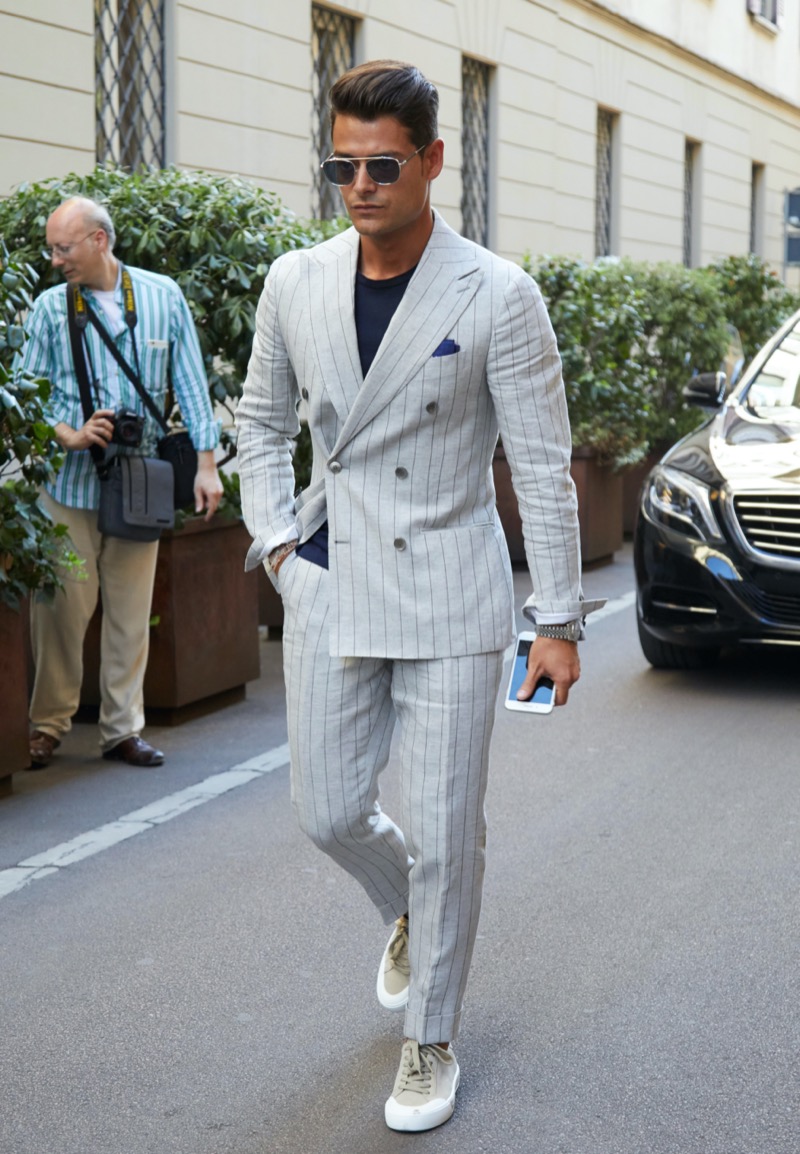
Italian suits offer a study in softness. In Naples, the Neapolitans are famous for their relaxed cuts. Their sartorial appeal lies in unstructured shoulders, high armholes, and shorter jackets. The silhouette results in tailoring that feels like it moves with you.
Expanding the appeal of Italian tailoring, Milan and Florence are no strangers to elegant shapes that balance simplicity, proportion, and sensuality. The overall look nods to the philosophy of instinctual dressing, or style without effort.
This idea is further embodied by sprezzatura, an unassuming elegance or a smart imperfection, often signaled by an undone cuff or a slightly askew tie.
British Suits

While Italian tailoring plays in subtlety, British suits demand acute attention to detail. After all, the suits of Savile Row, Leeds, and Edinburgh thrive on structure. British tailoring is defined by strong shoulders, full canvassing, a defined chest, and a slightly longer jacket.
British suits owe their impeccable construction to a heritage rooted in military tradition and aristocratic dress codes. As symbols of authority, these suits take shape around sartorial icons such as the double-breasted Glen check.
Typically seen as the most formal of the suiting giants, modern British tailoring meets the demands of today’s man with softer constructions and slimmer lines.
American Suits

Of the Big Three tailoring giants, American suits are historically the most practical. The iconic sack suit, worn by style icons like JFK, embodied this approach. Favored by Ivy League campuses in the 1950s, the sack suit is notable for its loose fit, natural shoulders, and a low-button stance.
However, American tailoring has evolved beyond the boxy cuts of yesterday’s prep. Today’s designers draw upon the same principles but reinterpret them through a lens of comfort. Modern American suits are unstructured with light construction and forgiving lines.
Mirroring the diversity of the United States, American tailoring embraces a wide range of styles. From the buttoned-down culture of Boston to the relaxed West Coast spirit of Los Angeles, the democratization of the suit continues with a modern affinity for looks that range from minimal to bold.
Learn the Rules, Then Mix Them
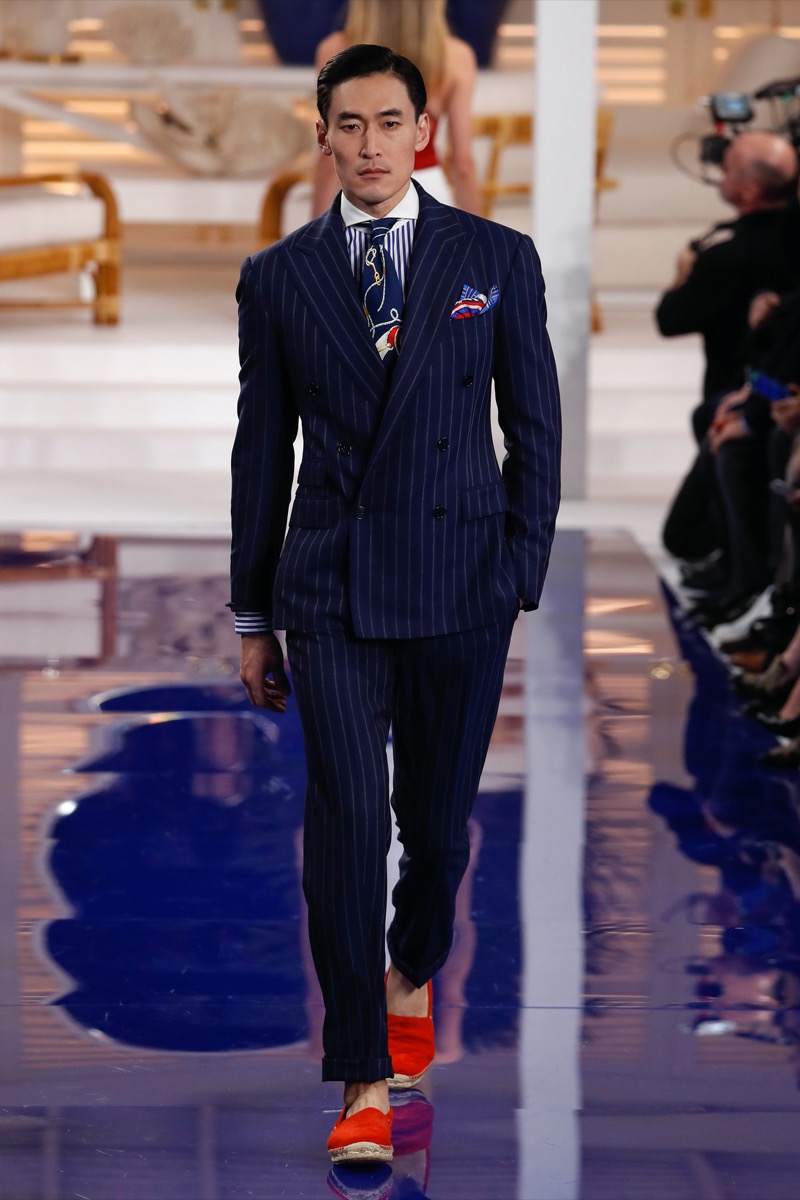
Today’s tailoring no longer requires national allegiance. The modern wardrobe is tuned into the strengths of the Big Three. A style-savvy lineup might include a Neapolitan blazer for summer weddings, a navy British suit for work, and an unstructured American linen suit for the weekend.
A well-dressed man blends traditions, adopting what works from each and making it personal. Understanding the philosophy, cut, and culture of suits from Italy, the United Kingdom, and the United States gives you the vocabulary and fluency to mix styles effortlessly.


